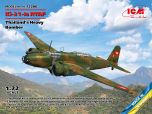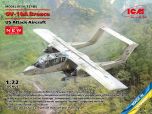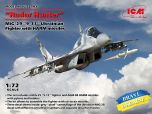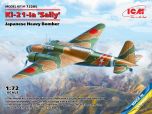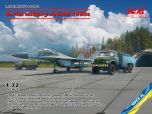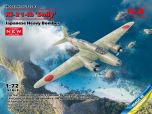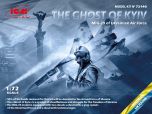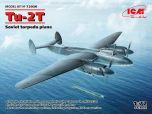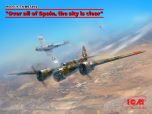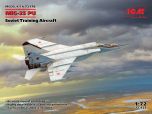ICM 1/72 Biplanes of the 1930s and 1940s (Heinkel Hе-51A-1, Kawasaki Ki-10-II, Polikarpov U-2/Po-2VS) # 72210
Biplanes of the 1930s and 1940s
Heinkel He-51A-1
The Heinkel He-51A-1 was a German biplane fighter aircraft developed in the early 1930s.
It was one of the first modern fighters in the German Luftwaffe.
The He-51A-1 featured an open cockpit and fixed landing gear, making it a typical design of its era.
Powered by a single radial engine, it possessed decent agility and was armed with two synchronized 7.92mm machine guns.
Despite its early success, the He-51A-1 was eventually overshadowed by more advanced fighter designs during World War II, leading to its relegation to secondary roles like training and reconnaissance.
Kawasaki Ki-10-II
The Kawasaki Ki-10-II was a Japanese biplane fighter aircraft used during the 1930s and early 1940s.
As the successor to the original Ki-10, this variant incorporated several improvements, including a more powerful engine and refined aerodynamics.
The Ki-10-II showcased remarkable agility and good climbing performance, making it competitive against contemporary fighters of its time.
Armed with two 7.7mm machine guns, it was effective in air-to-air combat.
However, with the advent of more modern monoplane fighters, the Ki-10-II gradually became outdated, and its role shifted to training duties as Japan entered World War II.
Polikarpov U-2/Po-2VS
The Polikarpov U-2, later designated Po-2VS, was a Soviet biplane primarily used as a multi-purpose utility aircraft.
Introduced in the 1920s, it became one of the most produced and versatile biplanes in history.
The U-2/Po-2VS was widely used for various roles, including reconnaissance, liaison, cargo transport, and even light bombing.
It played a significant role during World War II as a night bomber and for supplying Soviet partisans behind enemy lines.
Its ability to fly at low speeds and land on makeshift runways made it invaluable for operations in remote and challenging terrains.
The U-2/Po-2VS earned a reputation for its reliability, simplicity, and adaptability, and it continued to serve in various capacities for several decades after the war.







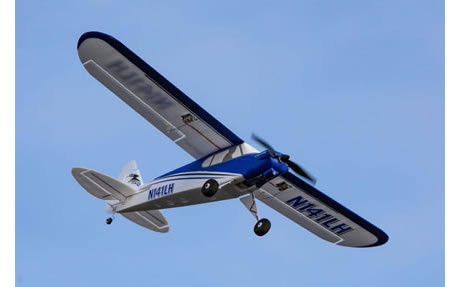
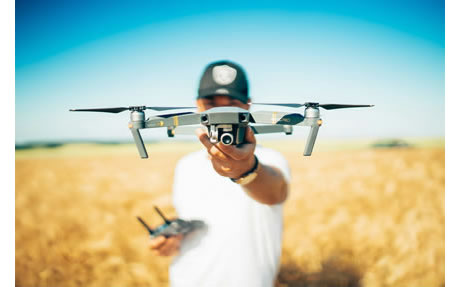










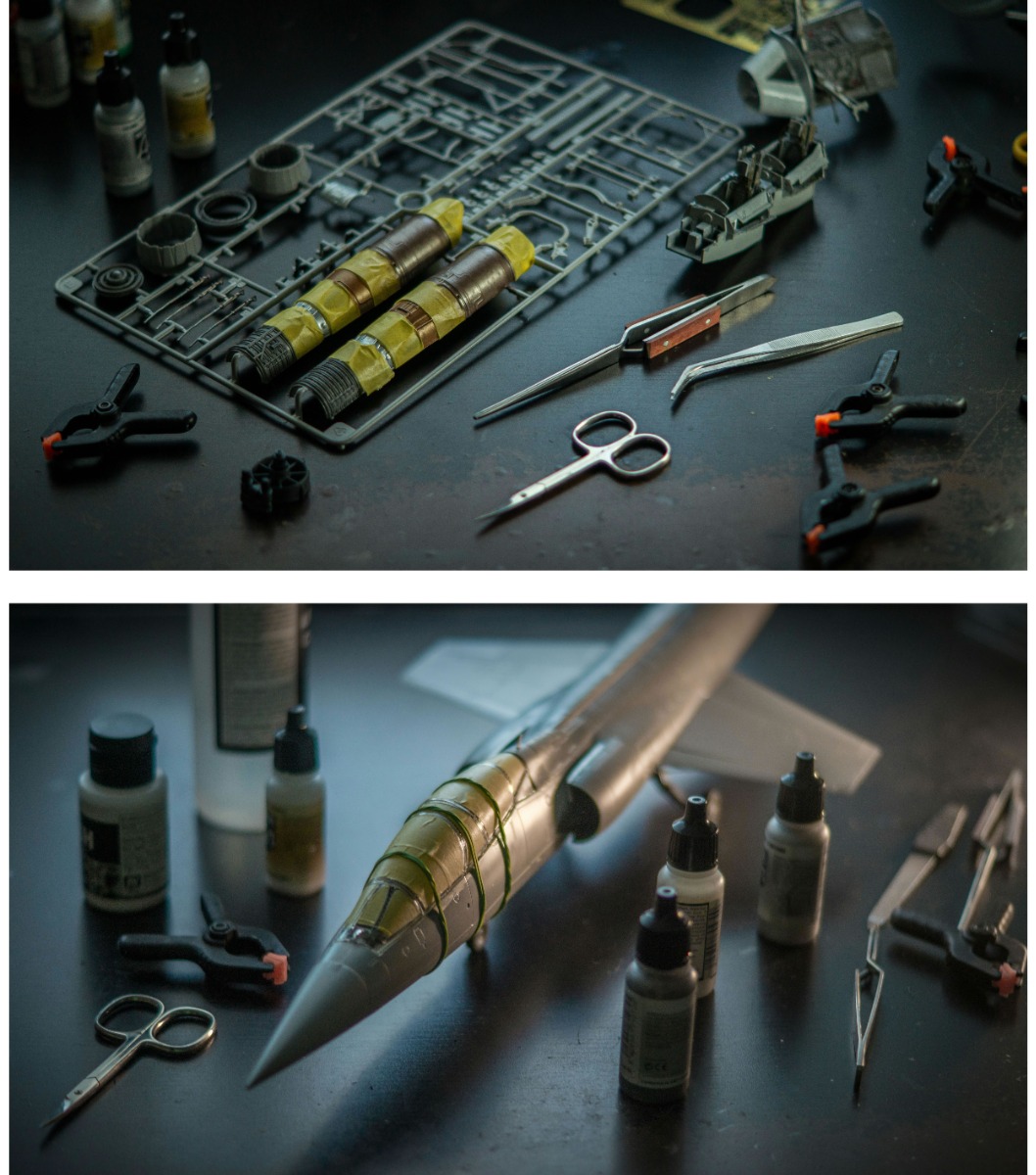
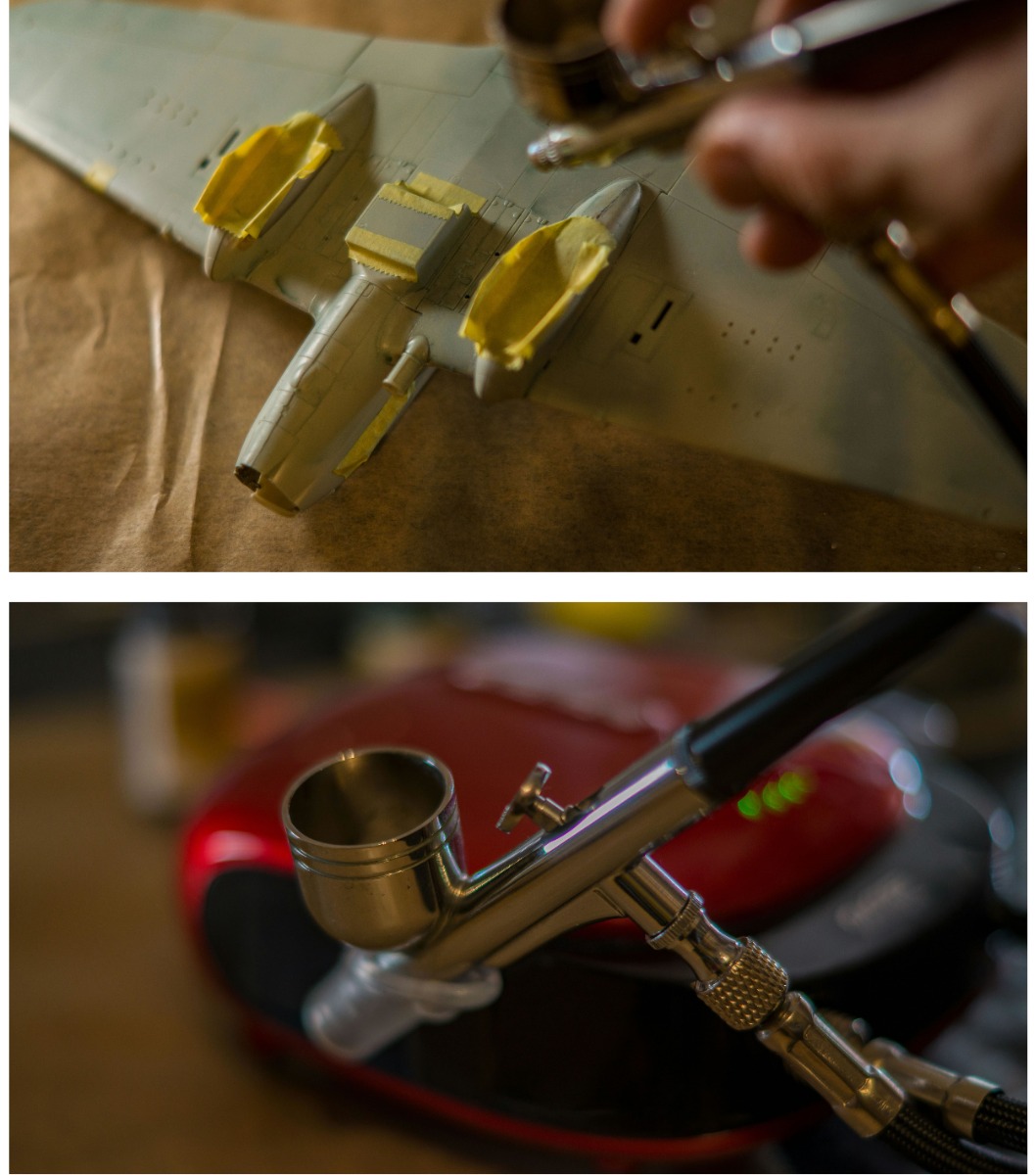
 Spread the cost with Paypal Credit
Spread the cost with Paypal Credit
 Spread the cost with Klarna
Spread the cost with Klarna


